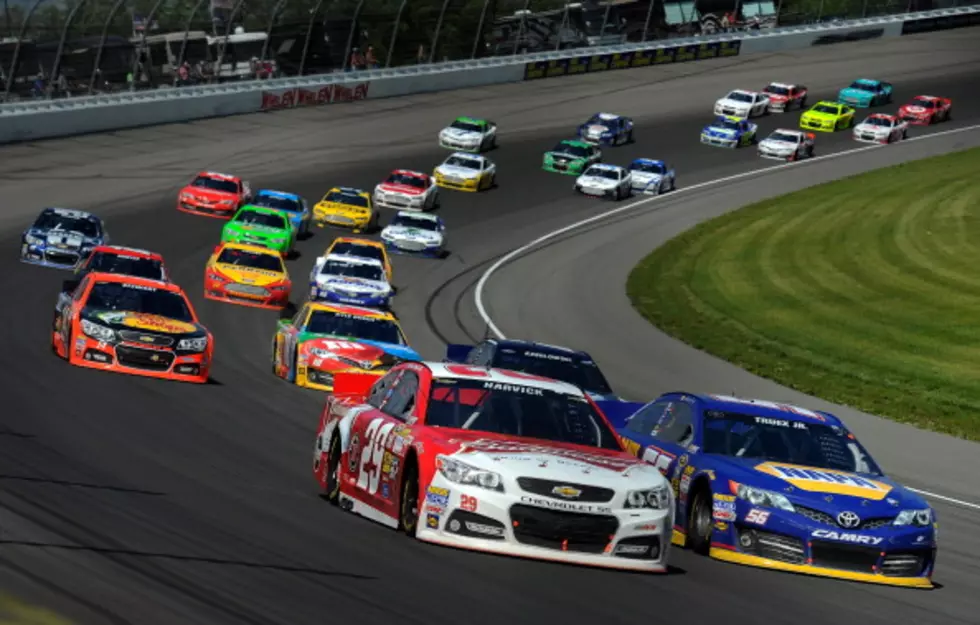
NCAA Basketball Approves 30-Second Shot Clock + Other Changes for 2015-16
After a season that saw team scoring drop below 68 points per game for the first time in more than 60 years, college basketball will begin taking steps to improve the sport's offense in the upcoming season. On Monday, the NCAA Rules Oversight Panel approved a number of proposals that will increase the pace of play and take away some of the defensive advantages.
Most notable is the shot clock dropping from 35 seconds to 30. This single rule change will have the biggest impact on scoring next season as possessions will increase. The NCAA experimented with this change during the NIT in March and will move forward with the shorter clock. A clock reduction hasn't happened since 1993-94 when it was dropped from 45 to 35.
But pace of play isn't just about how many times teams get up and down the court. It also has to do with the amount of stoppages players and fans deal with each game. From team timeouts to media timeouts, the disruptions seem endless at times. That's why it's a relief to hear that two new changes are coming. First, teams will only be able to carry over a maximum of three timeouts from the first half to the second half, which is one fewer than last year. Second and most importantly, media timeouts will have a bit more flexibility, allowing team timeouts that are called within 30 seconds of a scheduled break (such as 16:30) to become a media stoppage. This should particularly help decrease the overall length of games.
One change that hasn't gotten a lot of attention but should be celebrated just for common sense principles alone is that teams will only have a total of 10 seconds to advance the ball past halfcourt (with a few exceptions). That means timeouts won't reset the backcourt count and teams will finally be rewarded for playing great pressing defense.
But that might be one of the only benefits for the defense. Officials will be focused on block/charge calls, moving screens, and allowing players more freedom to move away form the ball. Plus, there will be no more five second closely-guarded violation when a player is dribbling and the restricted-area arc under the basket will be extended by a foot.
If you want to read through every new change in 2015-16, check out this release from the NCAA.
More From Tide 100.9









